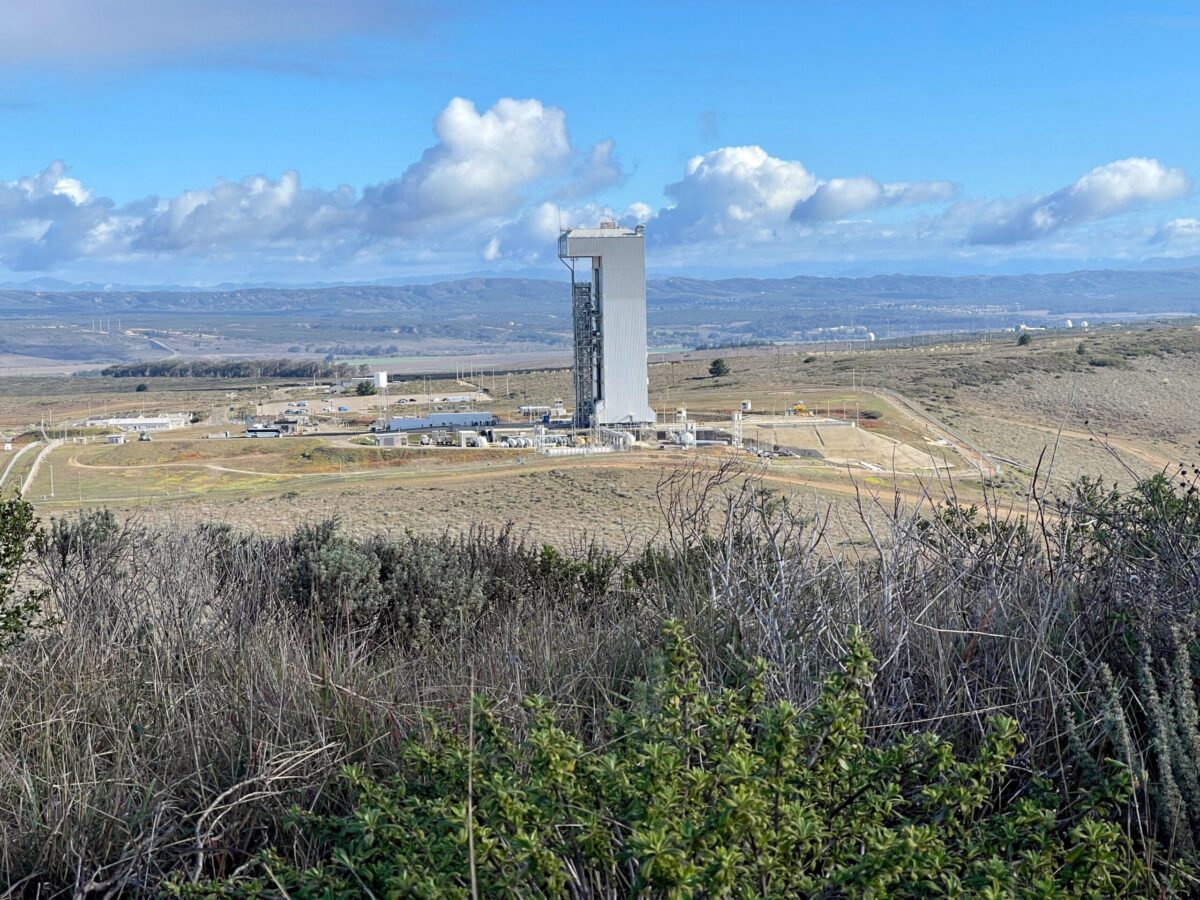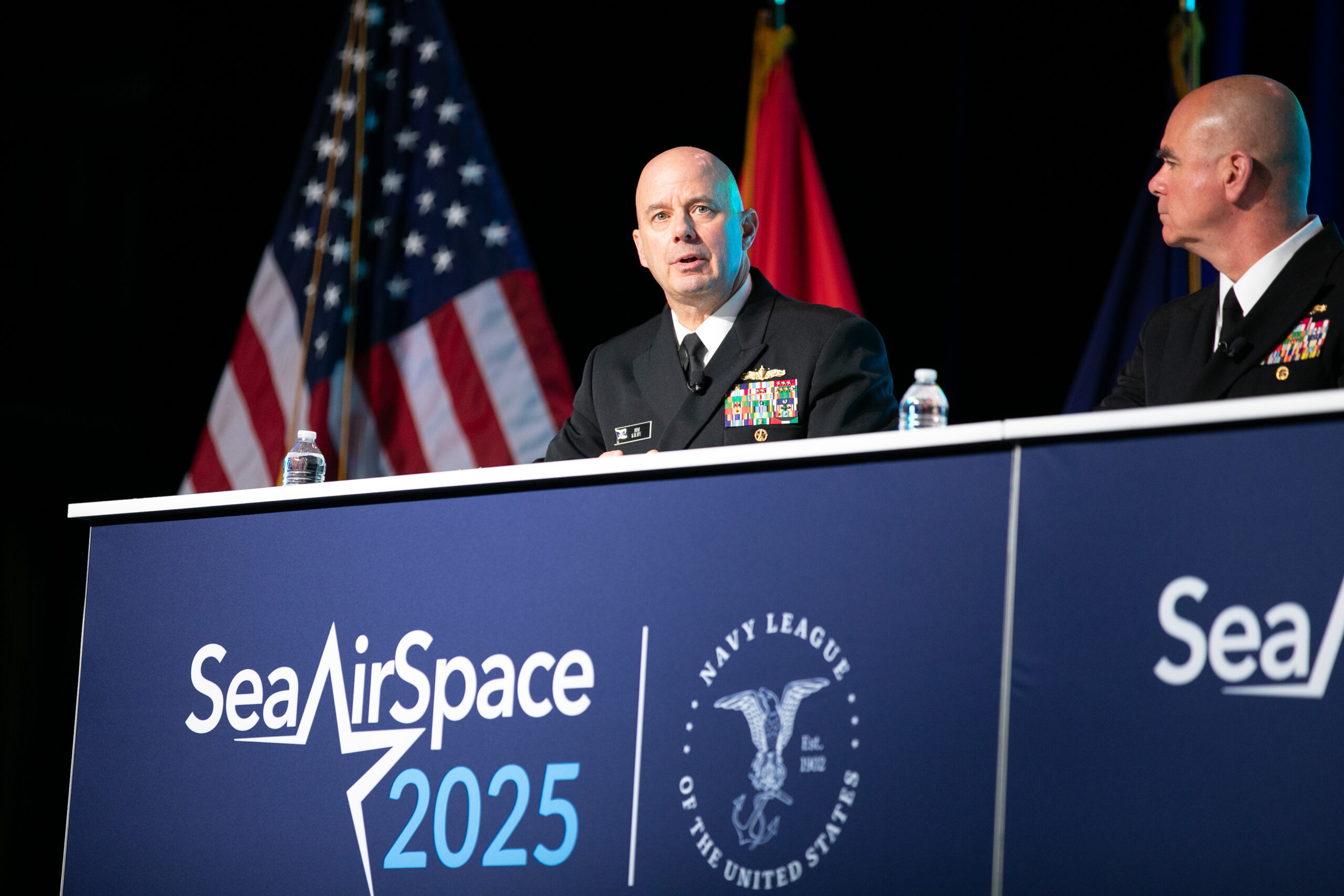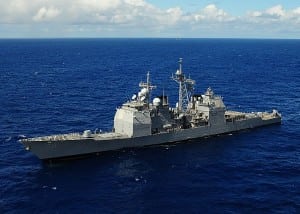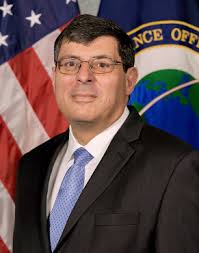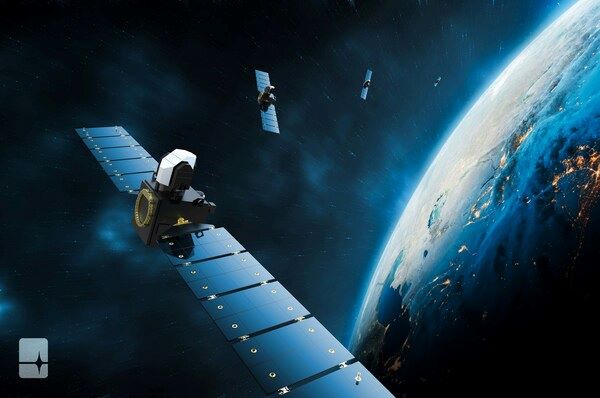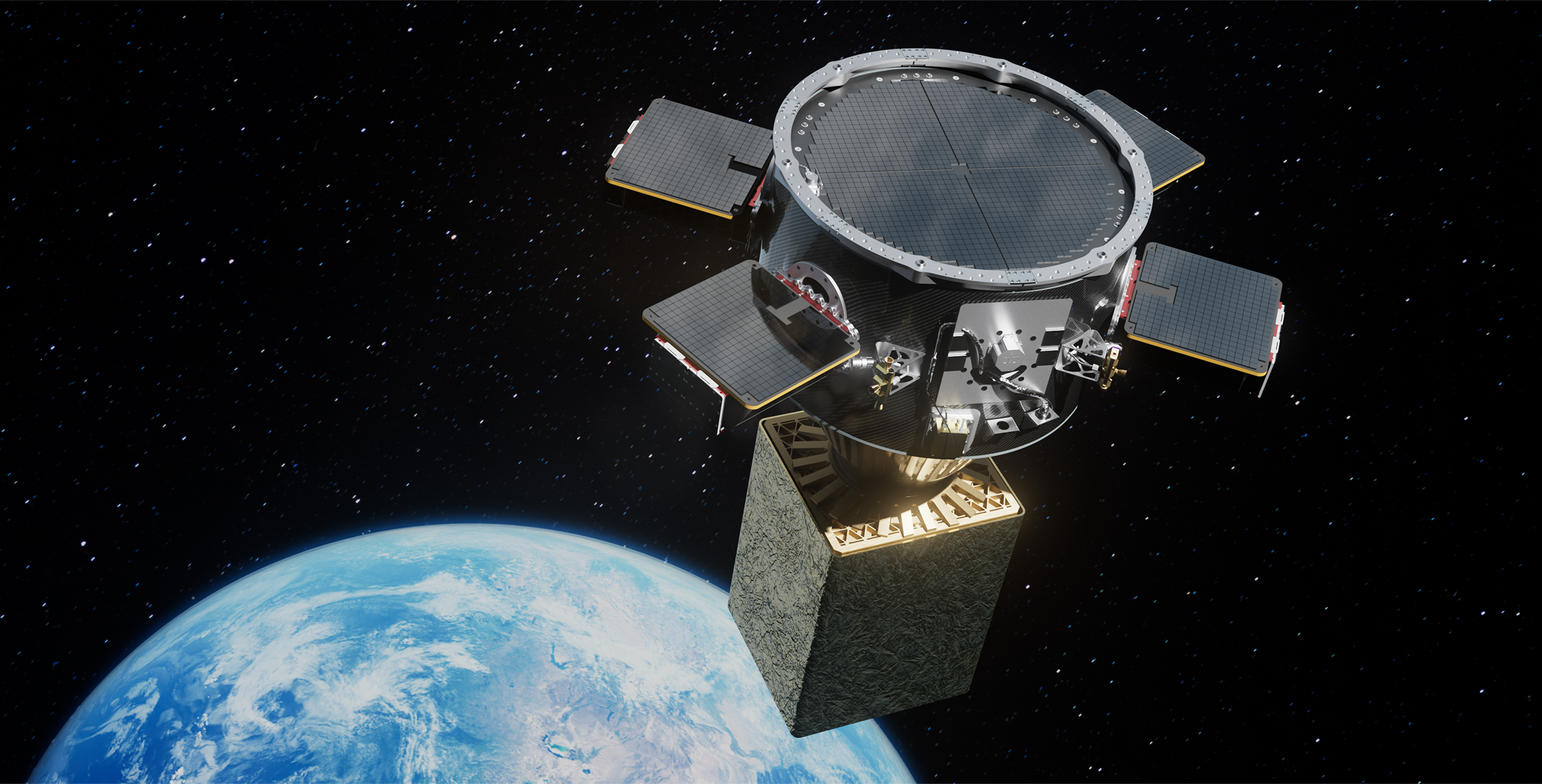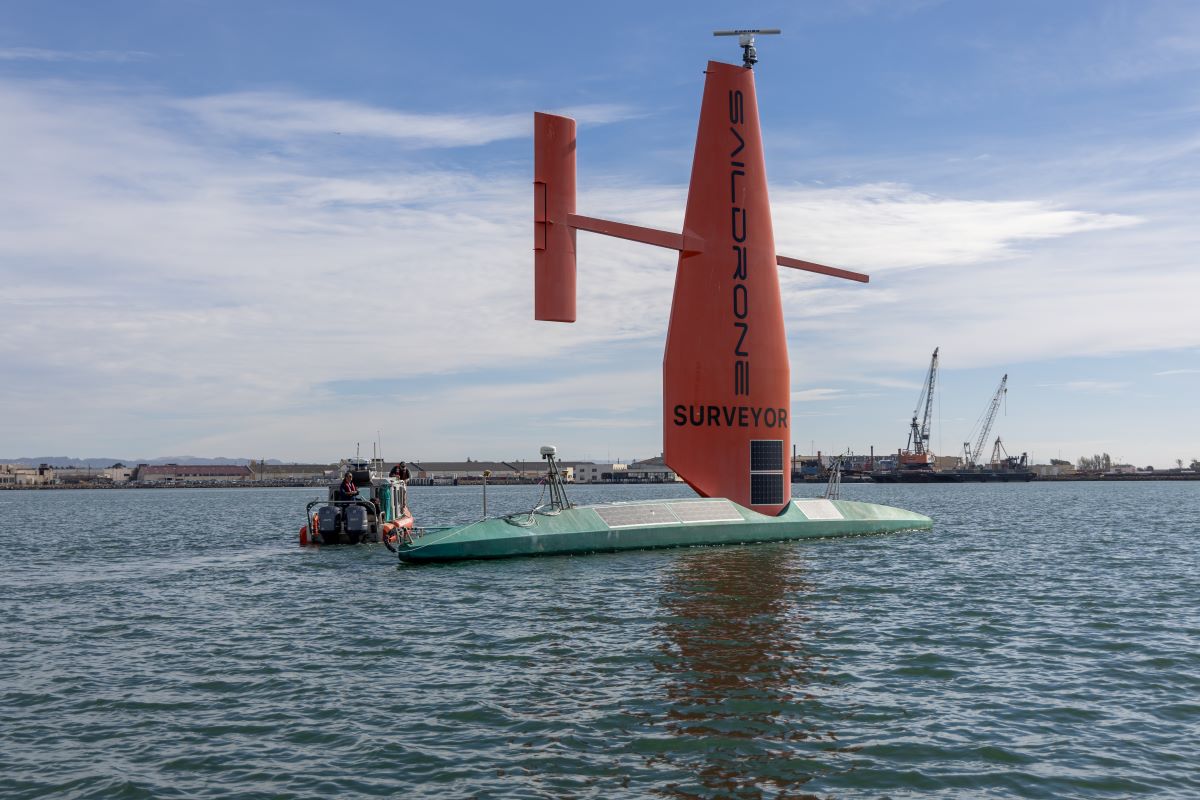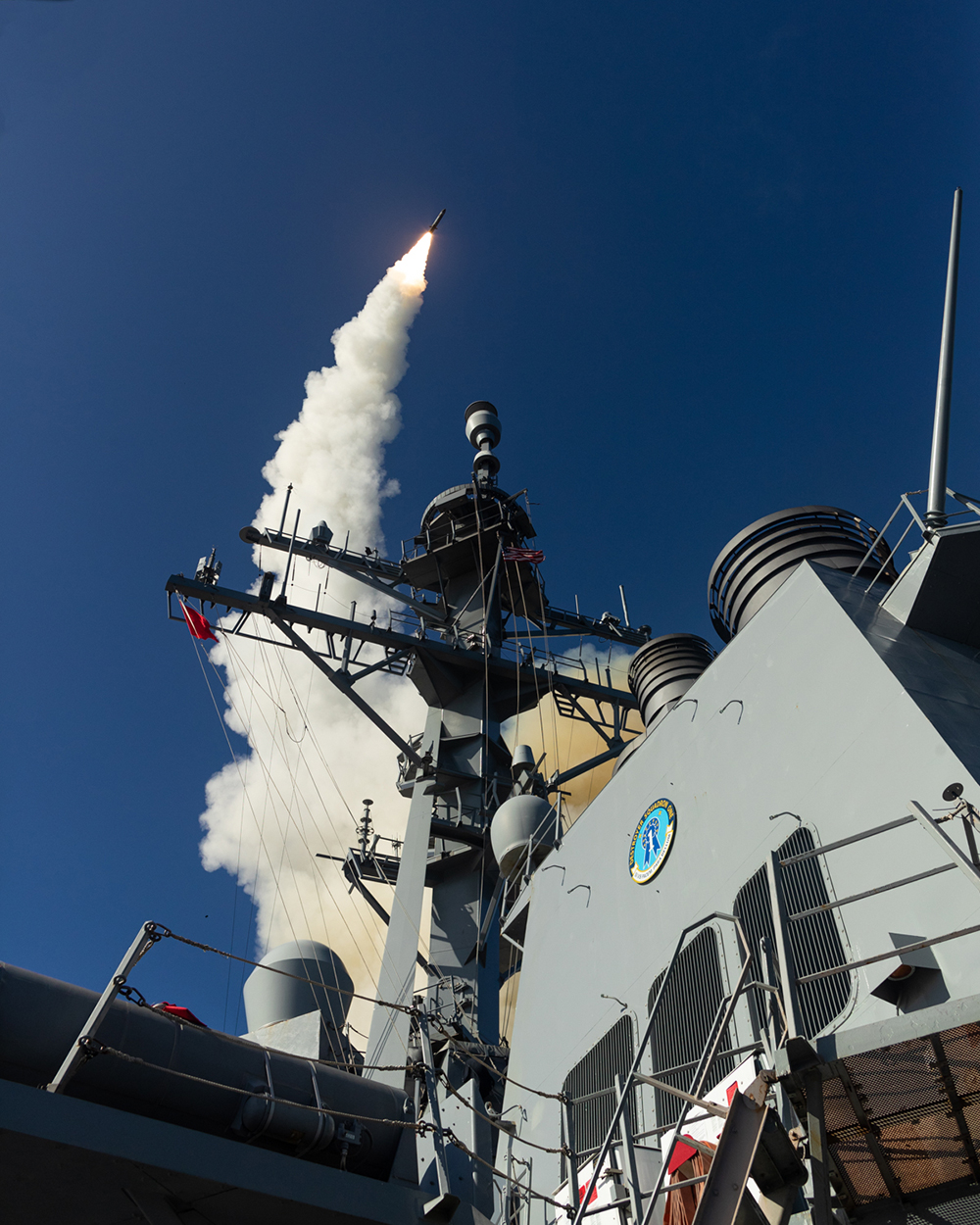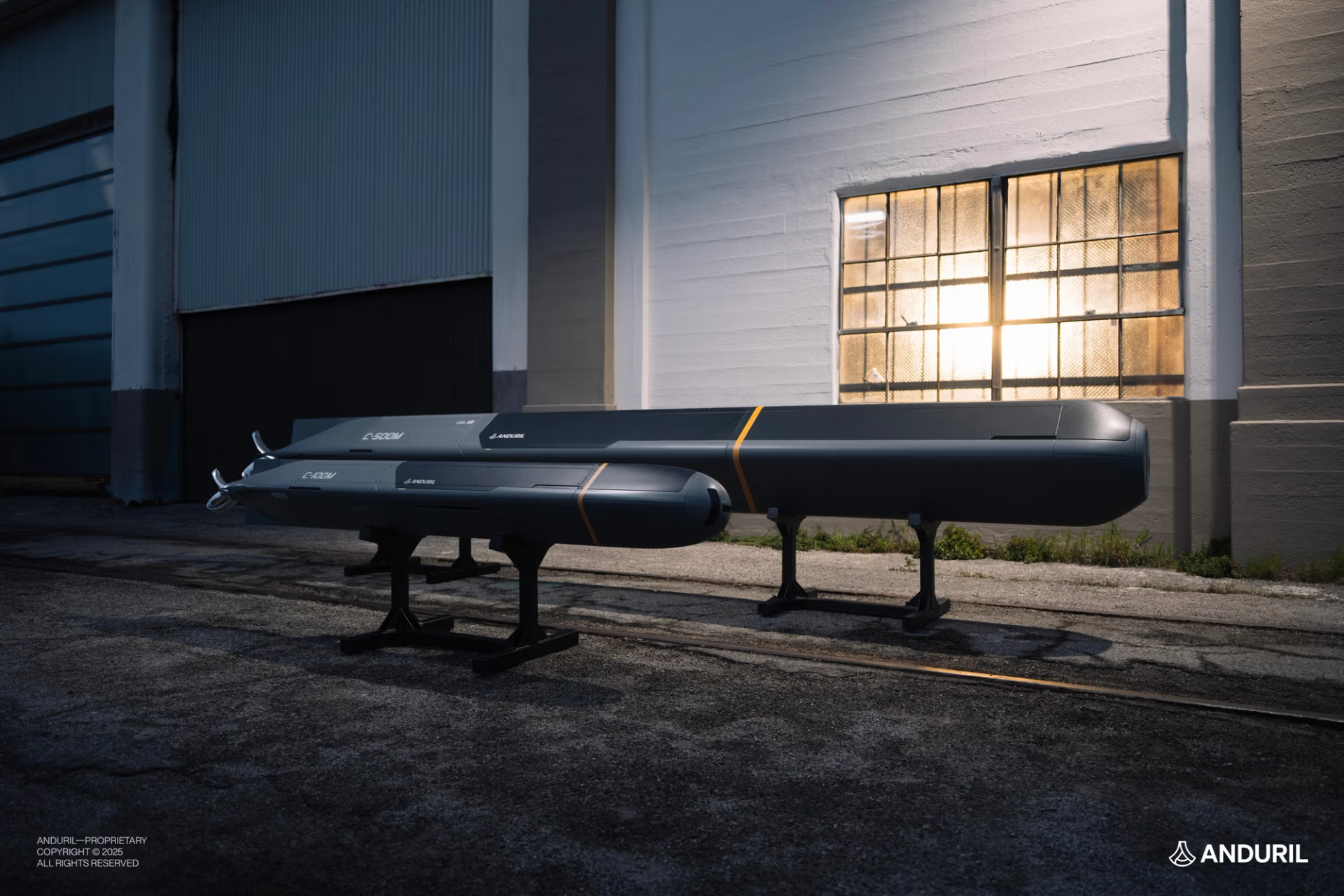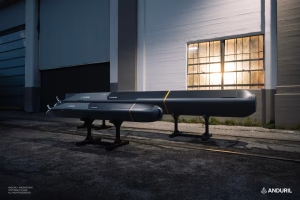Elon Musk’s SpaceX is the only company certified for U.S. Space Force (USSF) and National Reconnaissance Office (NRO) missions launched from Cape Canaveral Space Force Station, Fla., and Vandenberg Space Force Base, Calif. so far, but United Launch Alliance (ULA) and Jeff Bezos’ Blue Origin–the two other providers awarded contracts for National Security Space Launch (NSSL) Phase 3, Lane 2 have a “credible plan” for such certification of launches from both coasts by Oct. 1 next year, Space Force officials told reporters on Tuesday.
On Friday, Space Force Space Systems Command (SSC) said that it had awarded up to $13.7 billion for 54 missions in NSSL Phase 3, Lane 2 through fiscal 2029–more than $5.9 billion for 28 missions by SpaceX, more than $5.3 billion for 19 missions by ULA, and nearly $2.4 billion for seven missions by Blue Origin (Defense Daily, Apr. 4).
ULA is a partnership of Lockheed Martin [LMT] and Boeing [BA].
ULA said last December that it was funding modifications at Vandenberg’s Space Launch Complex-3 to permit the launch of ULA’s Vulcan rocket–modifications that include a new fixed launch platform. On March 26, Space Force said that it had certified Vulcan for NSSL (Defense Daily, March 26). Blue Origin said that it conducted the first NSSL certification flight for its New Glenn rocket in January at Cape Canaveral, but the company has not announced plans for West Coast launches.
To be eligible for the Phase 3, Lane 2 awards, bidders had to demonstrate to Space Force their ability to provide certified rockets for Space Force/NRO launches from both coasts or a plan to meet those requirements by next Oct. 1.
Space Force Mission Assignment Boards may switch launch providers, depending on companies meeting those requirements.
Last Friday, SSC said that the Mission Assignment Board assigned seven launches worth nearly $846 million to SpaceX under Phase 3, Lane 2– NROL-96, NROL-97, NROL-157, USSF-186, USSF-234, USSF-174 and USSF-15 for a Lockheed Martin GPS IIIF satellite.
SSC said that ULA got two missions worth about $428 million for USSF-50 to orbit the second Northrop Grumman [NOC] Next-Generation Overhead Persistent Infrared GEO satellite and USSF-49/GPS IIIF-2.
Blue Origin “has its first opportunity for a mission in FY 26,” SSC said.
“The way the acquisition strategy [for Phase 3, Lane 2] was set up to allow three providers to compete for those missions, of the 54 [missions], we took first seven that were starting with some of the less complex missions, for example GPS, and set that aside for the third provider,” Brig. Gen. Kristin Panzenhagen, SSC’s program executive officer for assured access to space, told reporters on Tuesday. “Those seven would start in the second order year [FY 2026].”
Of the remaining 47 missions, SSC set aside about 60 percent for the first provider–SpaceX, in this case–and 40 percent for the second–ULA, in this case.
“We would like to be able to increase the amount of competition and also increase the number of companies that can meet our requirements,” Panzenhagen said of NSSL. “You saw that go up from Phase 2 with the two providers and Phase 3 where we could award three providers, which we did. Phase 4 is still five years off so TBD what the acquisition strategy will be for Phase 4, but overall, especially when you combine Lane 2 with Lane 1 and bringing in the newer providers in Lane 1, the intent is to help grow our commercial industry that is more competitive and more capable when we look at the national security space launches.”
NSSL Lane 1 is for commercially addressable orbits and allows awards to emerging providers, while Lane 2 is for highest-reliability launches of national security payloads.
Lane 1 includes four tiers of mission assurance, ranging from the lowest level–Tier 0, such as replaceable, proliferated Space Development Agency satellites, to Tier 3, such as the future launch of the second BAE Systems‘ low Earth orbit Weather System Follow-On Microwave satellite.
Lane 1 awardees so far include SpaceX, ULA, Blue Origin, Rocket Lab [RKLB] and Stoke Space Technologies.
